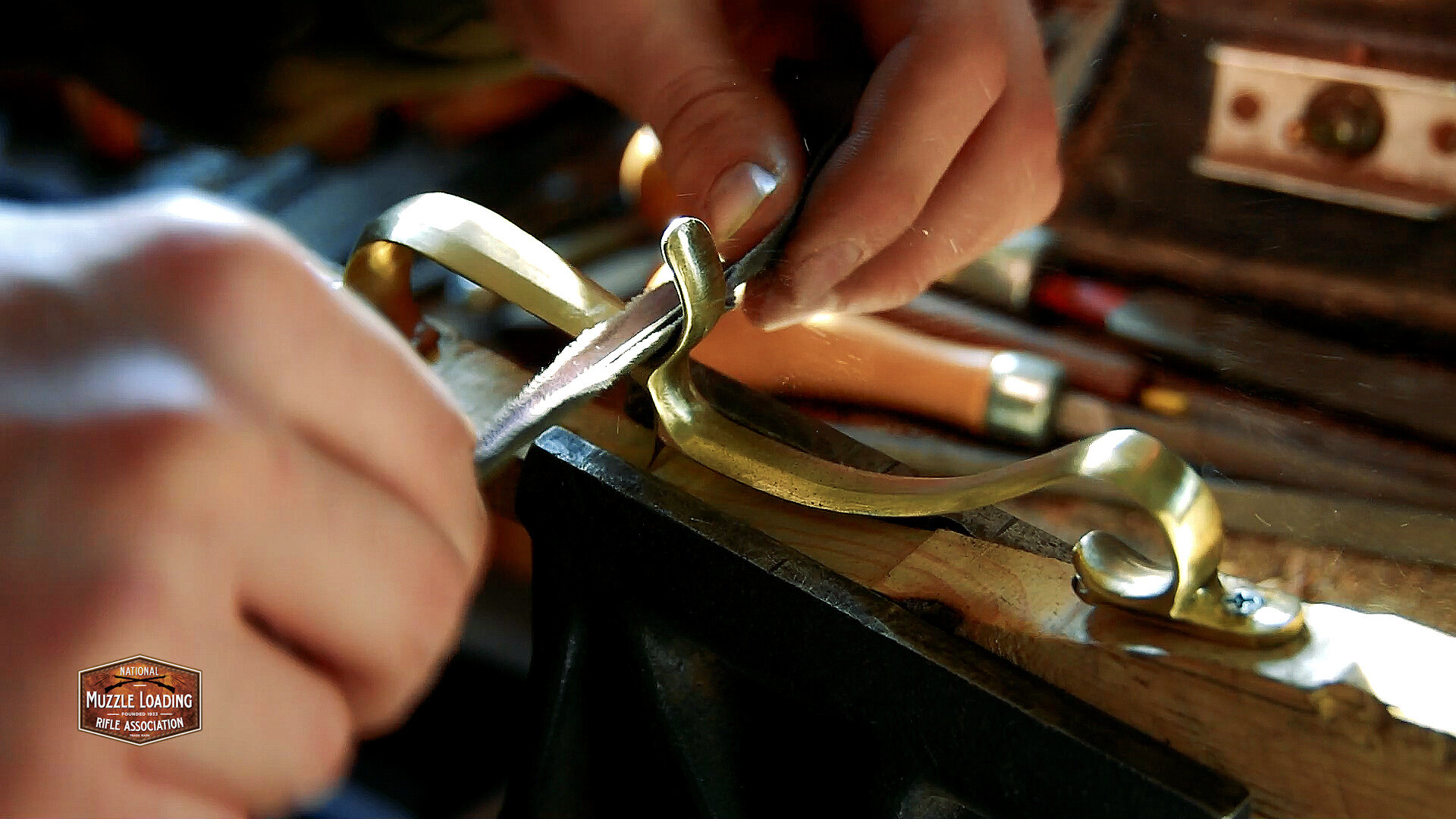Bill continues his 4 bore rifle build this week as finishes installation of the butt plate, and continues work on his ramrod. Bill is making the ramrod out of an ebony board, should look great!!
Watch the next episode today!
Help support this channel to keep the videos coming. Members get to watch the videos as soon as the editing is finished: https://www.patreon.com/BillRaby
National Muzzle Loading Rifle Association: https://www.nmlra.org/
American Long Rifles Forums: https://americanlongrifles.org/forum
This project is a flintlock 4 bore English rifle. It’s an elephant gun. These were the largest hunting rifles to ever be in general use. This one will represent one that would have been made around 1840. At that time the percussion rifles were much more common, but 4 bores were made in flintlock in small numbers right up until the time cartridges became available. I will be trying to keep it as historically accurate as I can.
I am not an expert at this. I am not going to show you the right way or the best way to do this. I am just showing you how I am doing it. There are a number of books and videos out there about how to build guns. Every one of them is going to show you a different way to do things. Study all of them and decide what way is going to work best for you.













